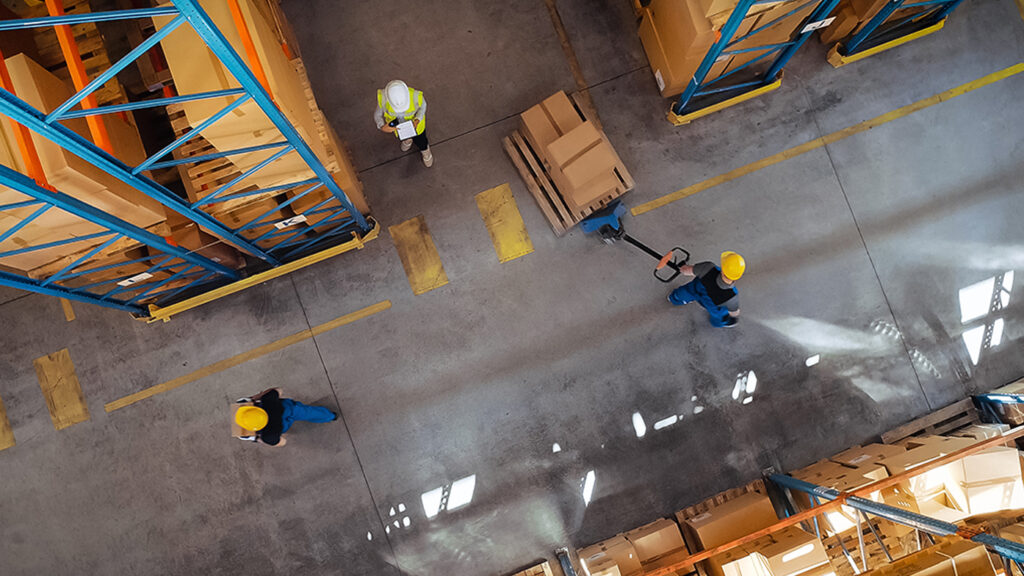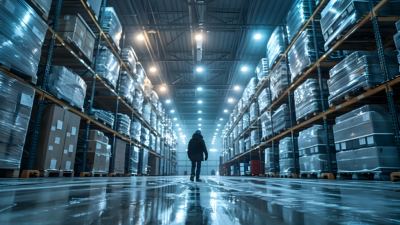Until Amazon started building multistory (3+) industrial warehouses, the U.S. was way behind Asian and European markets in building vertical. Ninety-two percent, or 75 million square feet, of Class A warehouse-distribution properties with 3+ floors are occupied by Amazon, which could gain operational efficiency by developing buildings like these. This type of building is slowly gaining traction, with 30% of projects under construction leased to other companies, compared to only 8% of existing supply. This is still a significant market share for Amazon, although it is less, indicating other companies, primarily third-party logistics, are buying into the concept.
Still cost-prohibitive to build in most areas, some markets have an advantage because of how expensive their rents are. New York’s inventory is expected to grow 85% in the coming years with more than 4 million square feet of projects, adding to the 4.8 million square feet of existing multistory warehouse supply. Rents in the boroughs outside of Manhattan are easily double what most markets ask, decreasing the construction cost hurdle. The impact of rents cannot be the only or even primary motivator to construct multistory warehouses, though. Texas and Colorado both have more existing or under construction space than New York or California, pointing to the importance of early adopters, like Amazon, in paving the way for these vertical warehouses.

 Jacob Pavlik
Jacob Pavlik

 Vytas Norusis
Vytas Norusis Craig Hurvitz
Craig Hurvitz
 Justin Smutko
Justin Smutko
 Aaron Jodka
Aaron Jodka